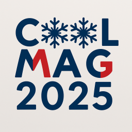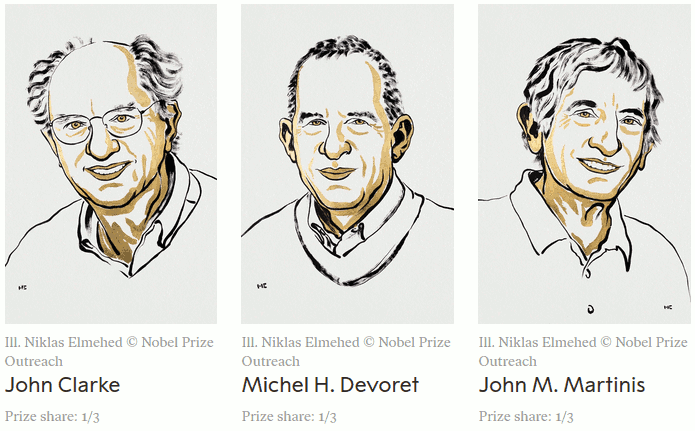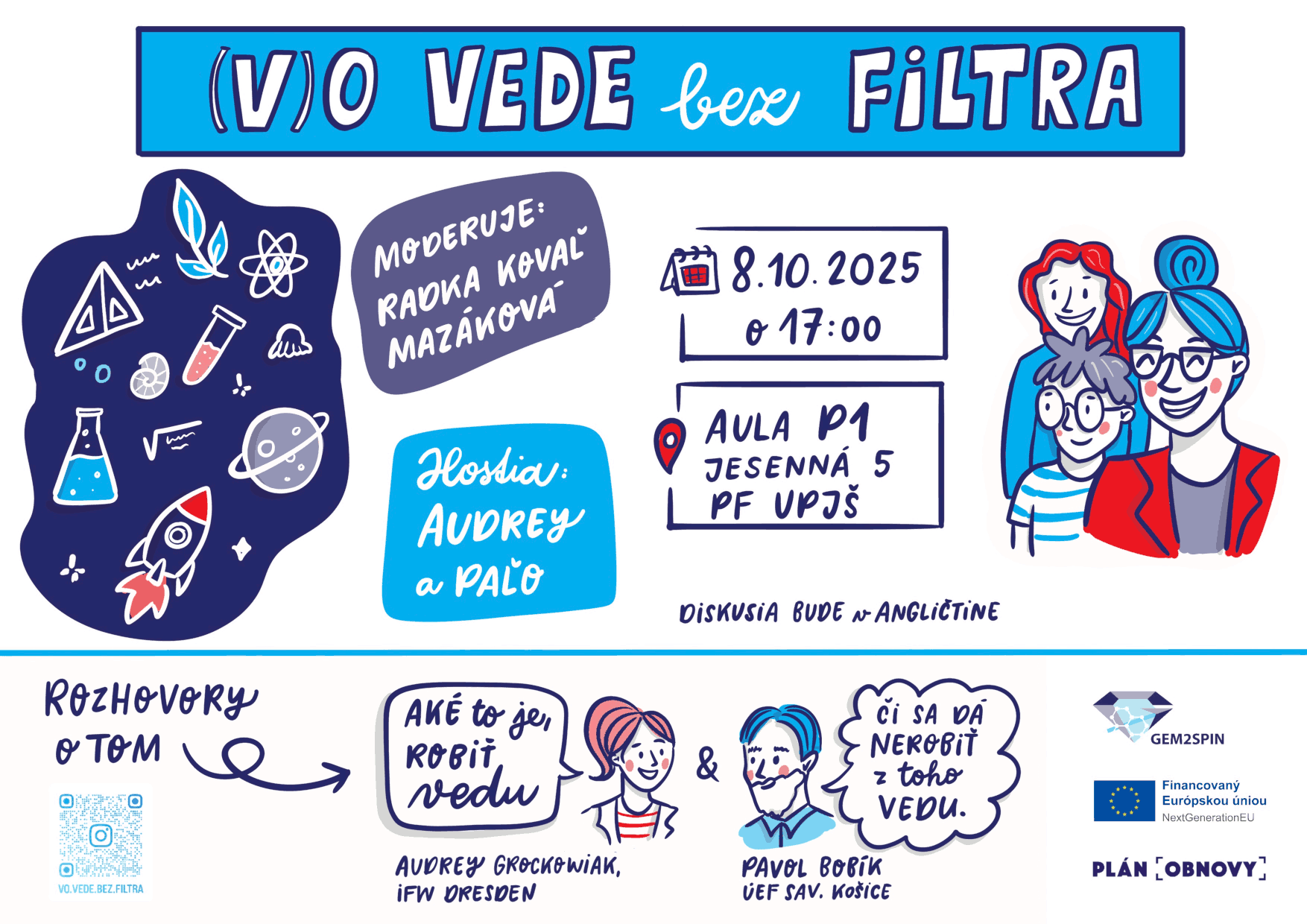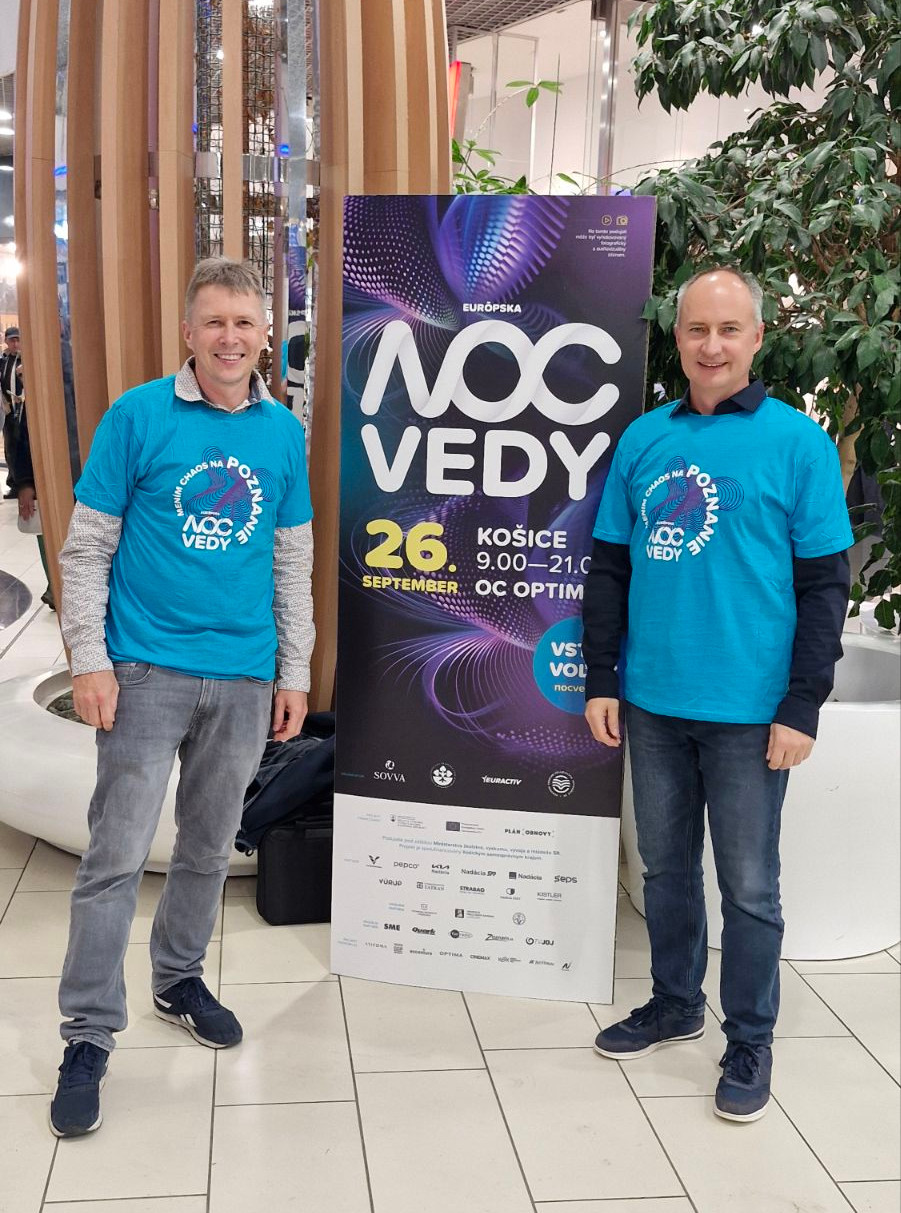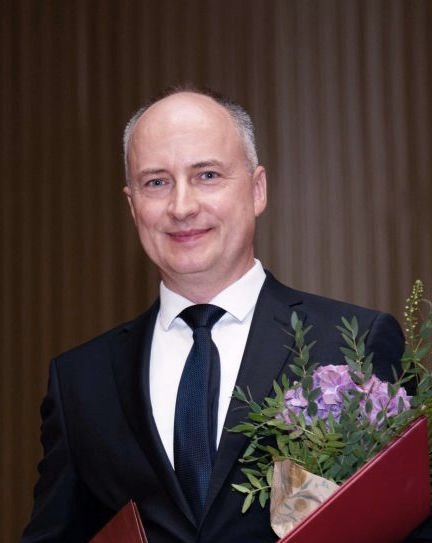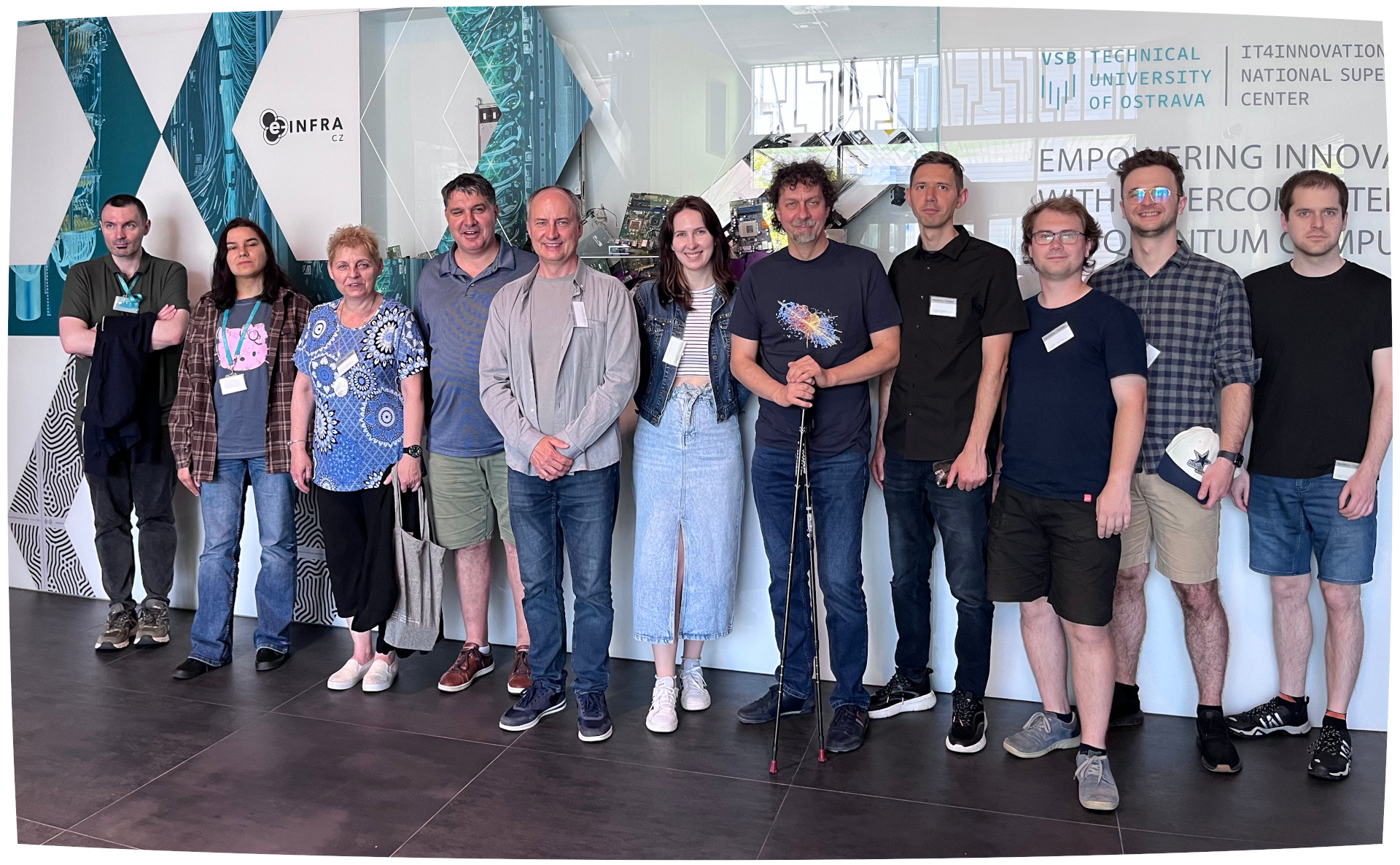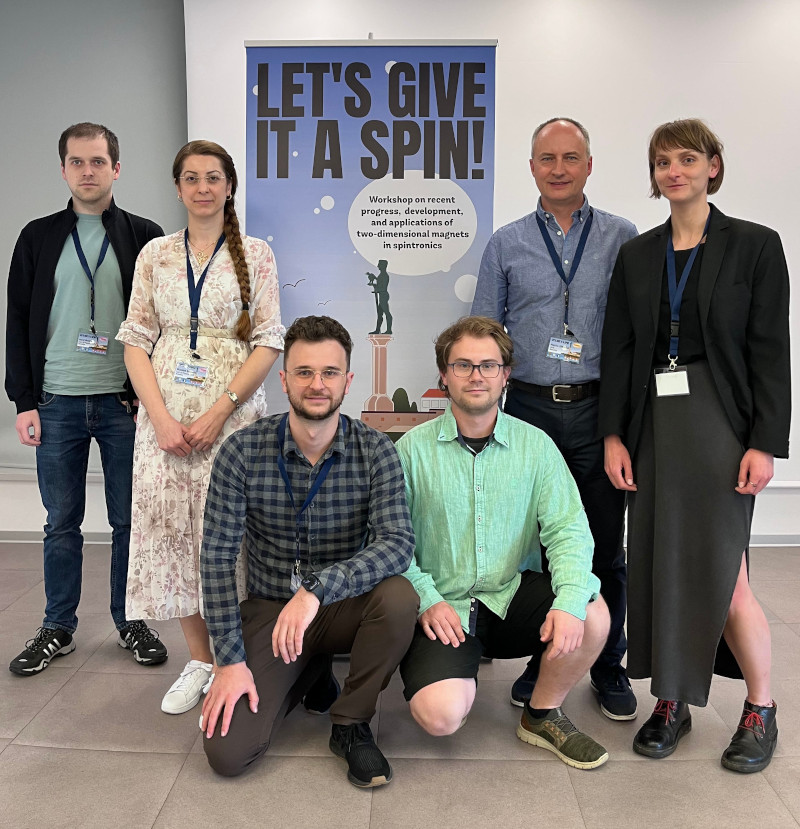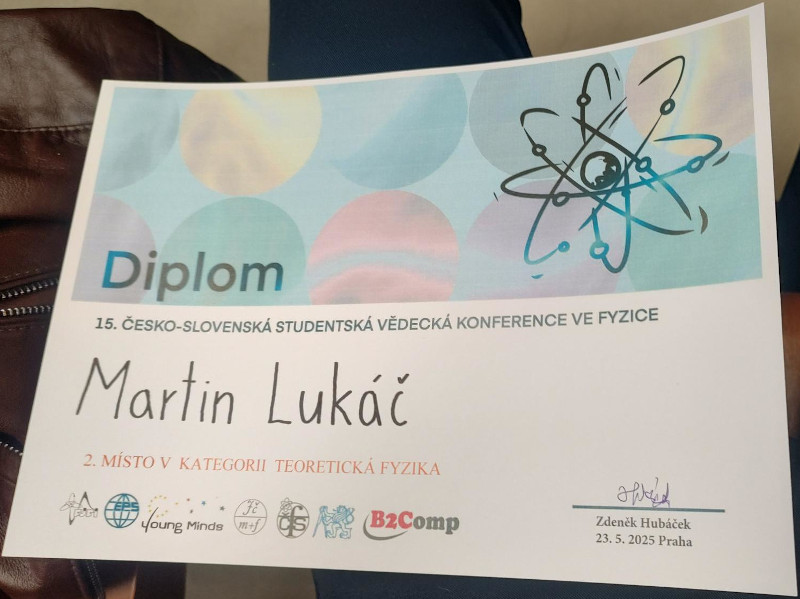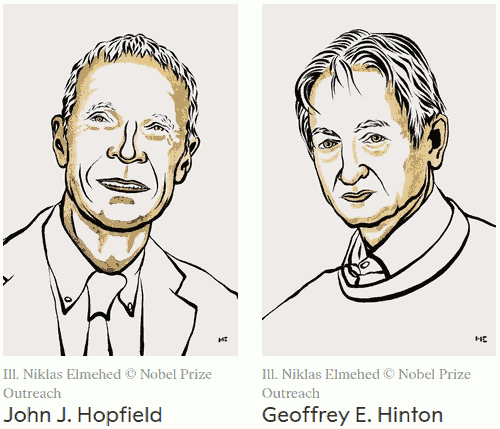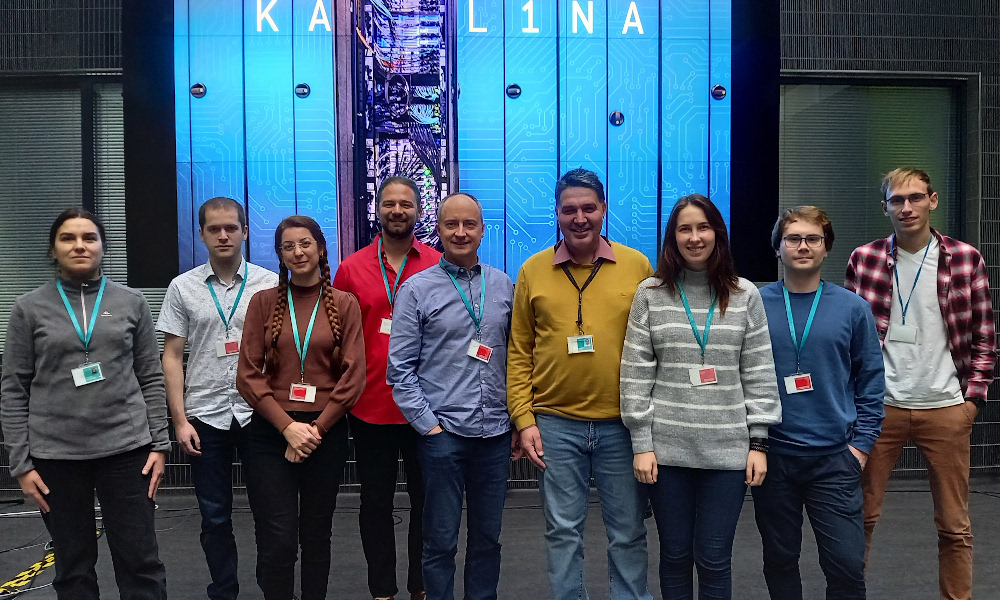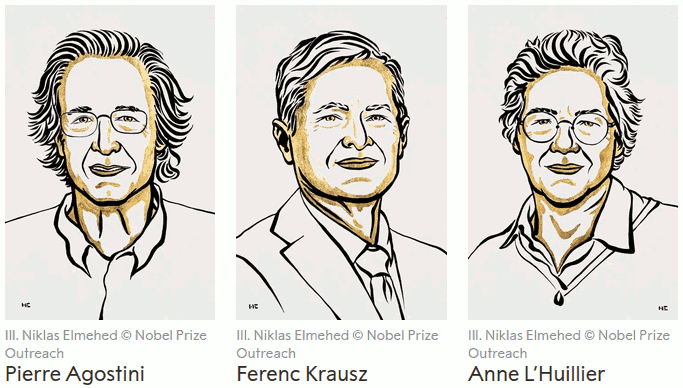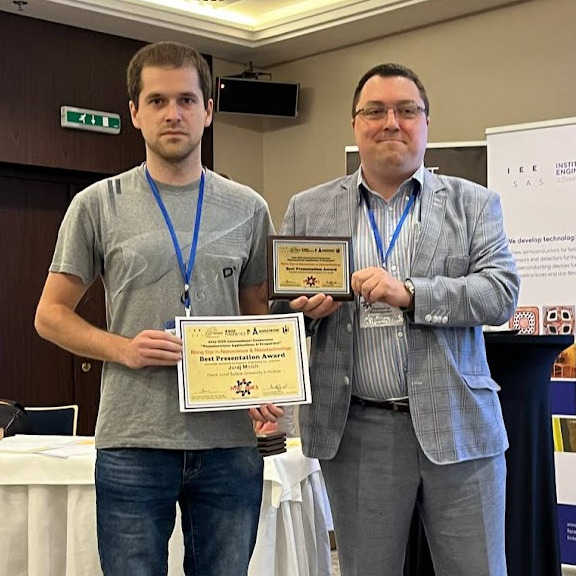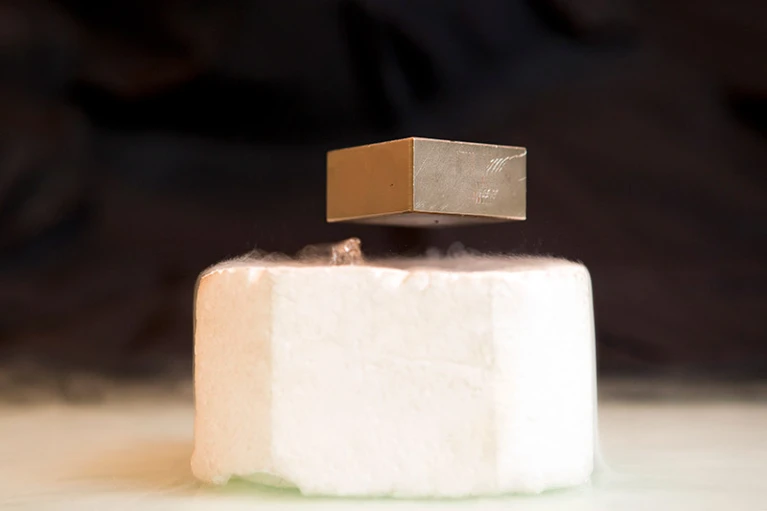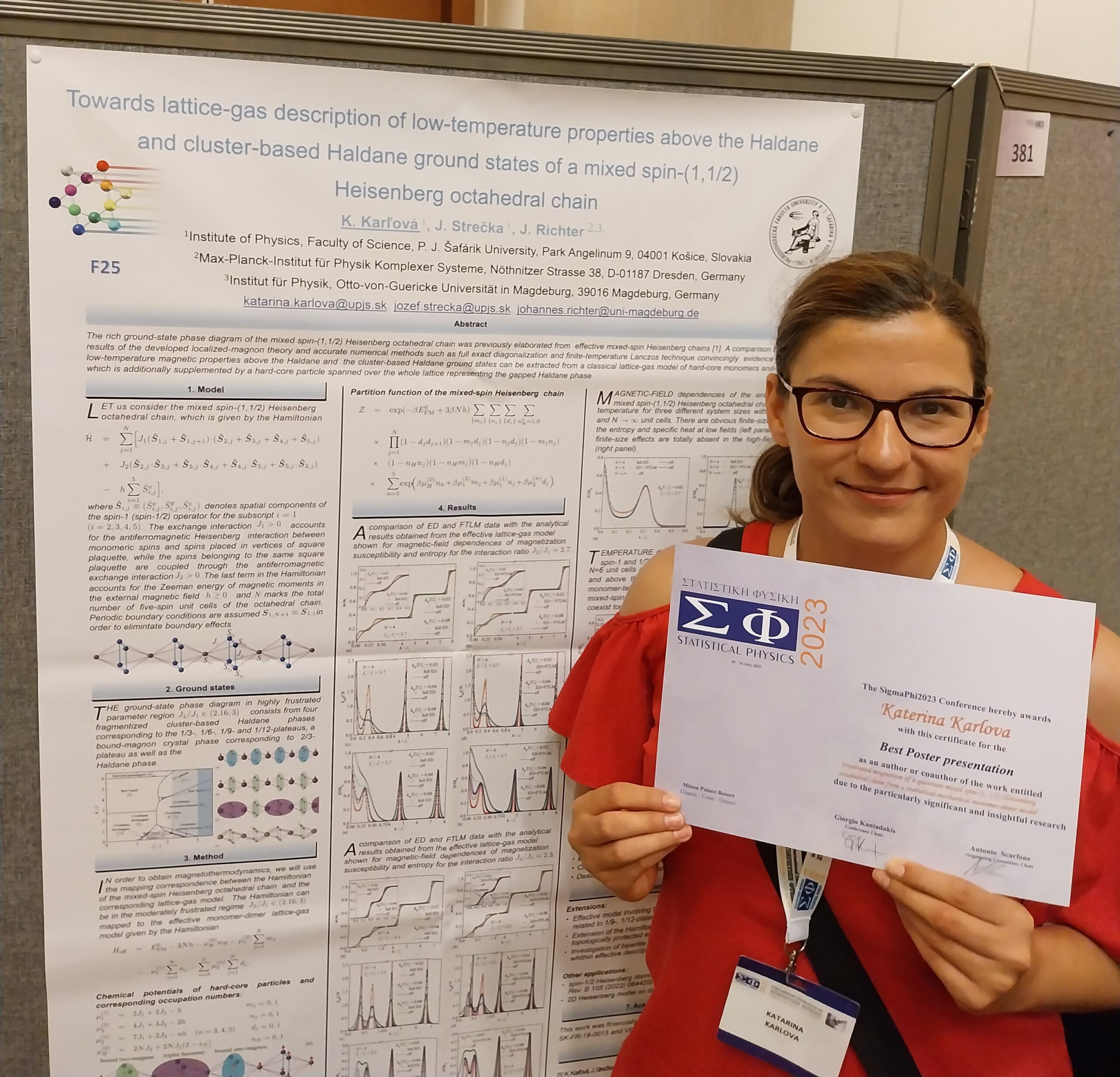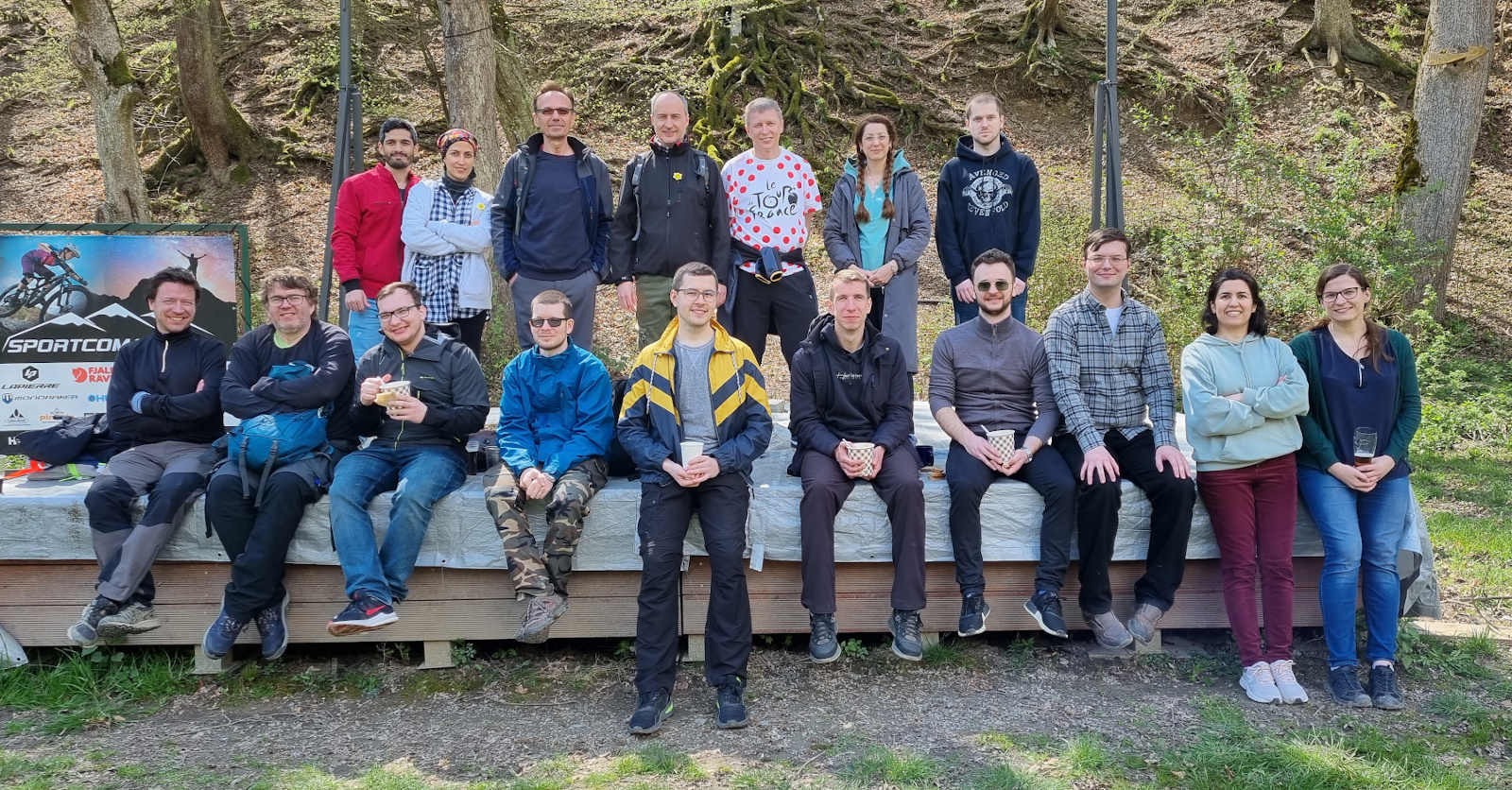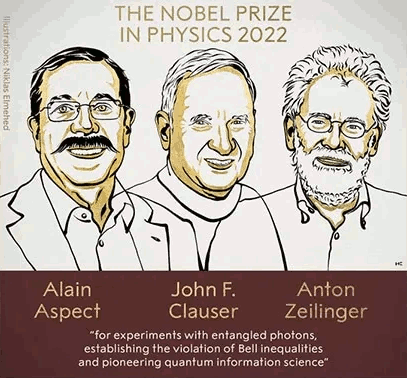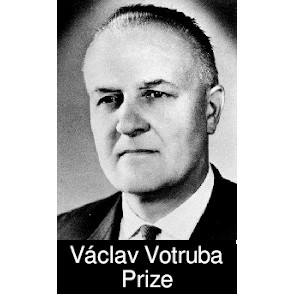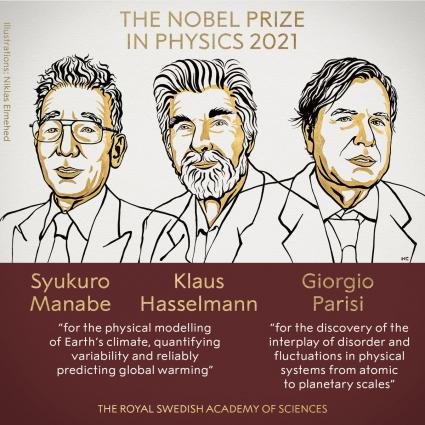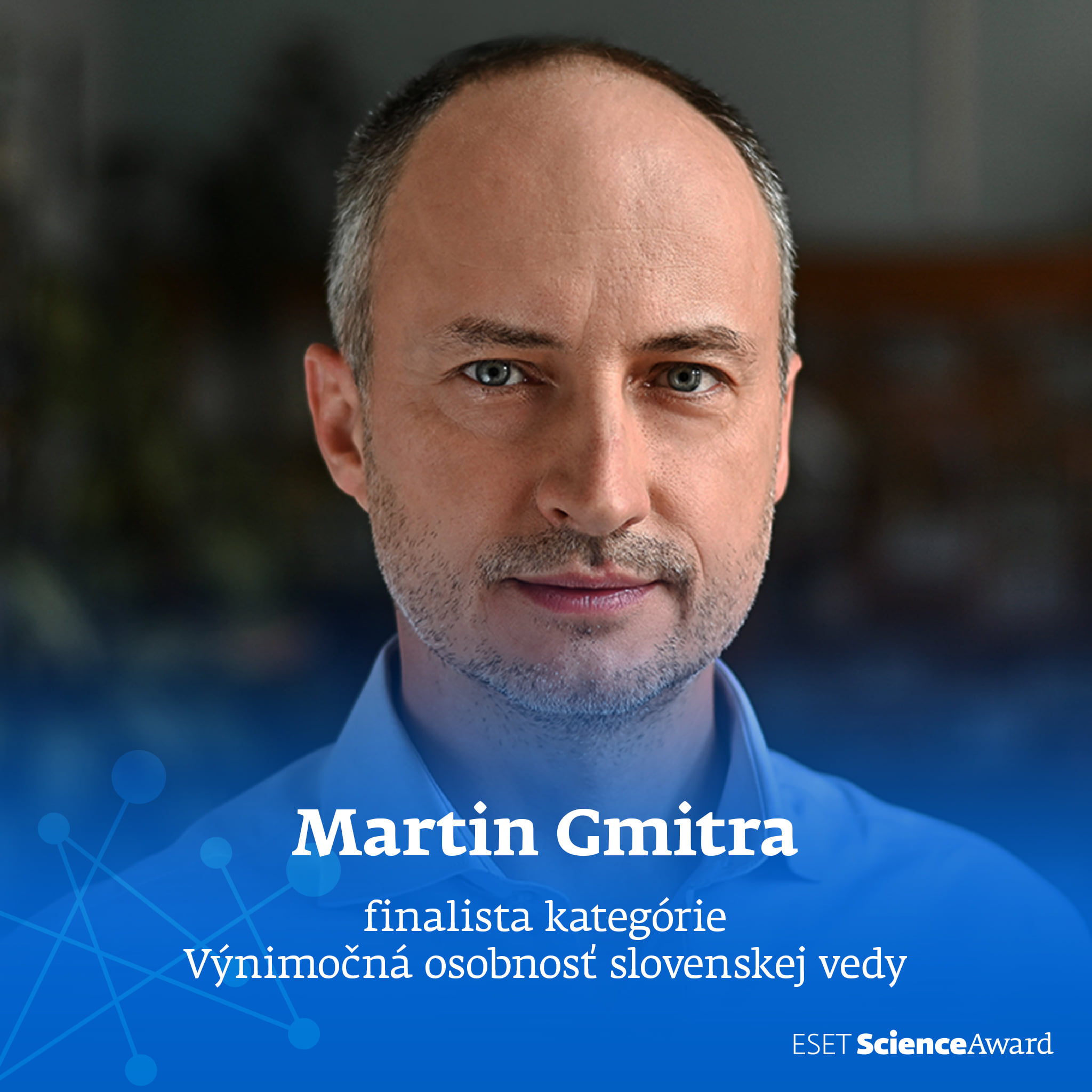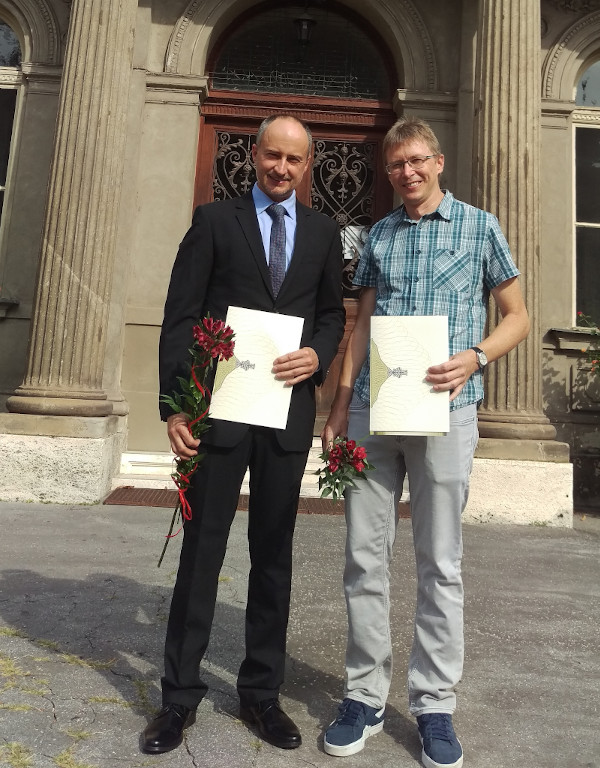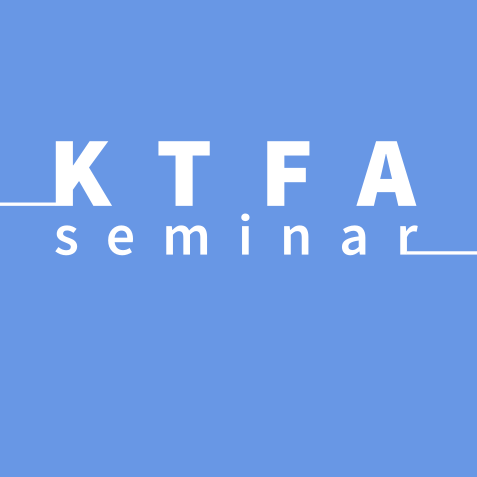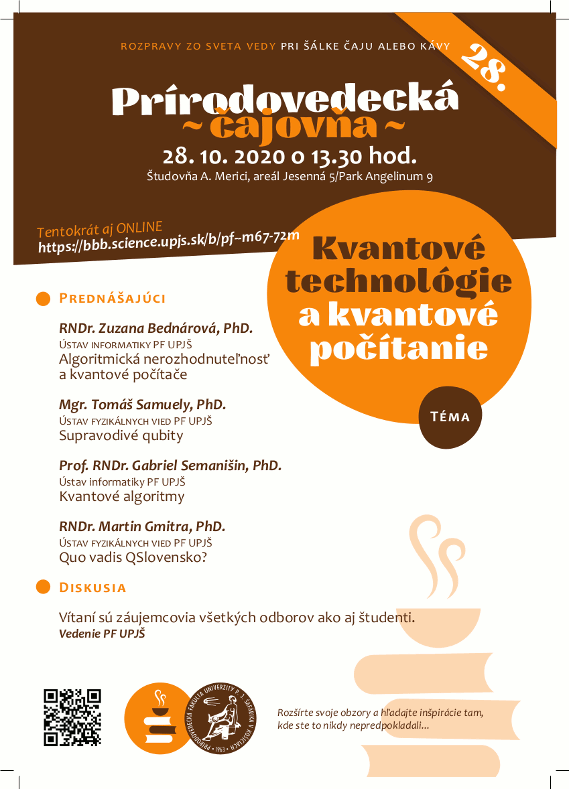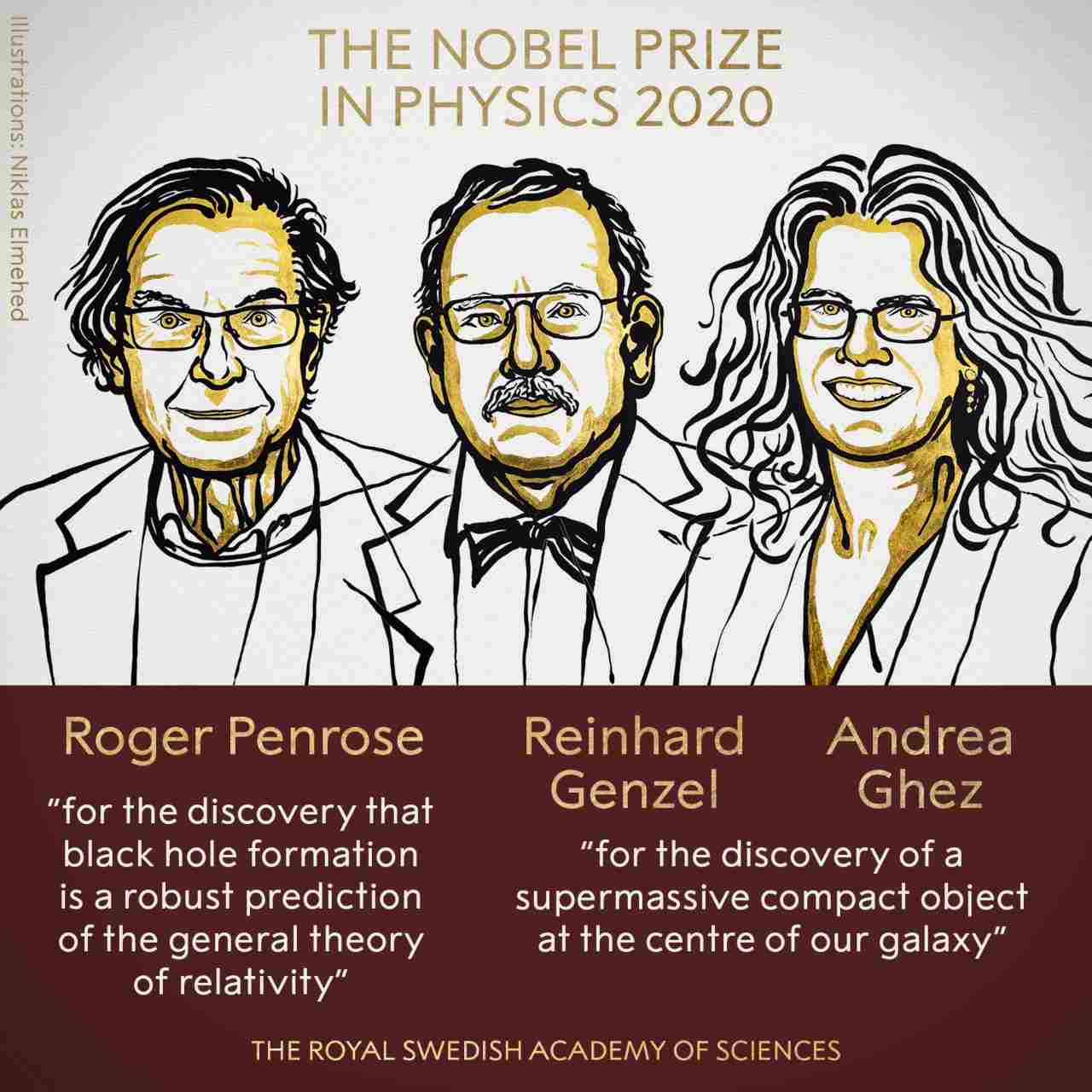Role of the department is to provide and supervise physics study in bachelor’s and master’s degree programs. Our lectures cover standard physical lectures of theoretical mechanics, thermodynamics, statistical physics, theory of electromagnetism, quantum field theory, solid state physics theory, theory of magnetism, theory of relativity, and computational physics.
News & Announcements
October 11, 2025ConferenceWe are looking forward to welcoming researchers to Košice, Slovakia (26–29 October 2025) for the final meeting of the CNRS international network “Strongly correlated electron systems as advanced magnetocaloric materials.”The conference will feature cutting-edge talks and discussions on frustrated magnetism, magnetocaloric effects, and advanced materials — plus enjoy an engaging program and great networking opportunities.
More info at: https://coolmag2025.sciencesconf.org/ [...]
October 7, 2025AnnouncementsThe Nobel Prize in Physics 2025 was awarded to John Clarke, Michel H. Devoret and John M. Martinis “for the discovery of macroscopic quantum mechanical tunnelling and energy quantisation in an electric circuit.” [...]
September 30, 2025AnnouncementsUvažuješ o kariére vo vede, ale nevieš si dosť dobre predstaviť, čo všetko to obnáša? Alebo ťa jednoducho zaujíma ako a čím žijú vedci? Potom je táto akcia práve pre teba!
V stredu 8.10. od 17 hod. sa budeme (po anglicky) rozprávať s Audrey Grockowiak a Paľom Bobíkom. Rozhovor povedie skúsená moderátorka Radka Kovaľ Mazáková, ale zapojiť sa môžeš aj ty.
Audrey sa venuje fyzike tuhých látok (najmä pri nízkych teplotách) – pracovala v laboratóriách na troch kontinentoch, dokonca aj mimo nich – v mikrogravitácii pri parabolickom lete, simulujúcom beztiažový stav.
Paľo je astrofyzik, ktorý väčšinu svojho vedeckého života zasvätil Košiciam. Vyštudoval jadrovú fyziku, ale díva sa ku hviezdam, aby tam skúmal vlastnosti častíc. Pracuje aj na vesmírnych misiách.
Po rozhovore bude možnosť nakuknúť do laboratórií Centra fyziky nízkych teplôt Ústavu experimentálnej fyziky SAV a Prírodovedeckej fakulty UPJŠ.
Are you considering a career in science, but you’re unsure what it entails? Or are you simply interested in how and what scientists live for? Then this event is just for you!
On Wednesday, October 8th, from 5 p.m. we will discuss with Audrey Grockowiak and Paľo Bobík. The interview will be led by experienced moderator Radka Kovaľ Mazáková, but you are also welcome to join in.
Audrey is dedicated to solid-state physics (especially at low temperatures) – she has worked in laboratories on three continents, even beyond them – in microgravity during parabolic flights, simulating weightlessness.
Paľo is an astrophysicist who has dedicated most of his scientific life to Košice. He studied nuclear physics, but he looks to the stars to investigate the properties of particles there. He also works on space missions.
After the talk, there will be an opportunity to take a look into the laboratories of the Center for Low Temperature Physics of the Institute of Experimental Physics of the Slovak Academy of Sciences and the Faculty of Science UPJŠ. [...]
September 26, 2025AnnouncementsWe participated in the popularization activity, European Science Night 2025, where we gave lecturesTomáš — “Chaos from the perspective of a physicist“Jozef — “Mysteries of the quantum world: entanglement and teleportation“Martin — “Flat wonders: the strange world of 2D materials”
More about the program, see the link. [...]
September 17, 2025AnnouncementsAt the ceremonial opening of the academic year 2025/2026, the Rector of UPJŠ awarded the Rector’s Prize to our colleague RNDr. Martin Gmitra, PhD., for his scientific contribution in the field of condensed matter theory and his significant publication activity. Our warmest congratulations! [...]
June 6, 2025AnnouncementsWe participated in the International workshop – Magnetism and Phonons Driven Physics in 2D and 3D systems held at IT4Innovation, Czech National Supercomputing Center [link to program] within the bilateral project APVV SK-CZ-RD-21-0114, which was devoted to the Influence of thermoelectrical effects on spin-orbit torques in 2D van der Waals materials. [...]
May 26, 2025AnnouncementsWe co-organized and participated in the international workshop Let’s give it a spin! in Belgrade, May 21-23, 2025. For more details, see the workshop’s website. [...]
May 23, 2025AnnouncementsOur master’s student Martin Lukáč won second place in the theoretical physics section at the 15th Czech and Slovak student conference in Prague, May 22-23, 2025. [...]
May 19, 2025UncategorizedOur colleague Jozef Haniš was awarded 2nd place in the competition for the Director’s Award of the Institute of Physics at the Faculty of Science of Pavol Jozef Šafárik University in Košice, for the best scientific publication in 2024 produced by staff members. The awarded publication entitled: “Distinguishing nodal and nonunitary superconductivity in quasiparticle interference of an Ising superconductor with Rashba spin-orbit coupling: The example of NbSe₂,” was published in the prestigious journal Physical Review B in collaboration with Marko Milivojevič and our further colleague Martin Gmitra. The full publication can be found at the link: https://doi.org/10.1103/PhysRevB.110.104502 [...]
October 8, 2024AnnouncementsThe Nobel Prize in Physics 2024 was awarded to John J. Hopfield and Geoffrey E. Hinton “for foundational discoveries and inventions that enable machine learning with artificial neural networks”. Read more here: https://www.nobelprize.org/prizes/physics/2024/press-release/ [...]
November 22, 2023UncategorizedWe visited the IT4Innovation, Czech National Supercomputing Center to participate in the International workshop devoted to magnetism, spin-orbit coupling, and lattice dynamics for 3D and 2D systems [link to program] within the bilateral project APVV SK-CZ-RD-21-0114 devoted to Influence of thermoelectrical effects on spin-orbit torques in 2D van der Waals materials. [...]
October 3, 2023AnnouncementsThe Nobel Prize in Physics 2023 was awarded to Pierre Agostini, Ferenc Krausz and Anne L’Huillier “for experimental methods that generate attosecond pulses of light for the study of electron dynamics in matter”. Read more here: https://www.nobelprize.org/prizes/physics/2023/press-release/ [...]
September 18, 2023AnnouncementsJuraj was awarded the “Rising Star in Nanoscience & Nanotechnology” for the best presentation on IEEE NAP-2023, 13th International Conference of Nanomaterials: Applications & Properties, held in Bratislava, September, 10-15, 2023. Congratulations! [...]
August 9, 2023Announcements / Science NewsThe discovery of a superconductor that works at room temperature and ambient pressure has become a viral sensation — read more [...]
August 3, 2023Announcements / UncategorizedThe member of our Department Katarína Karľová was awarded on International Conference on Statistical Physics (SigmaPhi2023, 10th-14th July 2023, Chania, Greece) for The best poster presentation with the title: Frustrated magnetism of a quantum mixed spin-(1, 1/2) Heisenberg octahedral chain from a statistical-mechanical monomer-dimer model. Congratulation on this great achievement! [...]
April 20, 2023UncategorizedThank you all for having a great time during the Faculty Fest 2023 at Aplinka. [...]
November 28, 2022AnnouncementsThe breakthroughs started with graphite and Scotch tape. Transition metal dichalcogenides moiré materials could act as “simulators” of the Hubbard model, potentially solving some of the field’s deepest mysteries.
Read more here. [...]
October 4, 2022AnnouncementsThe Nobel Prize in Physics 2022 was awarded “for experiments with entangled photons, establishing the violation of Bell inequalities and pioneering quantum information science”. Read more here: https://www.nobelprize.org/prizes/physics/2022/summary/ [...]
November 30, 2021AnnouncementsAmong six PhD theses this year competing for the best thesis in theoretical physics, the jury awarded Katarína Karľová by honorable mention for her thesis entitled “Rigorous analysis of magnetization processes in classical and quantum spin models“.
Congratulations!
http://gemma.ujf.cas.cz/~exner/di/VP2021.html [...]
October 6, 2021AnnouncementsThe Nobel Prize in Physics 2021 was awarded “for groundbreaking contributions to our understanding of complex systems”. Read more here: https://www.nobelprize.org/prizes/physics/2021/summary [...]
October 1, 2021AnnouncementsMedzi finalistov prestížnej ceny ESET Sciecnce Award 2021 postúpil aj člen našej katedry RNDr. Martin Gmitra, PhD.
https://www.esetscienceaward.sk/sk/finalisti/martin-gmitra [...]
September 16, 2021AnnouncementsTwo members of our department were awarded by Dean’s prize 2020, Faculty of Science, Pavol Jozef Šafárik University in Košice. Jozef Strečka for pedagogical activities and Martin Gmitra for research activities. [...]
March 30, 2021SeminarsDue COVID 19 restrictions the seminars will held on-online, please follow the link next to the speaker name.
01.04.202113:30Phase Diagram Changes in Geometrically Frustrated Generalized Planar RotatorMatúš Lach (bbb)
15.04.202113:30Light Curves Modeling of Eclipsing Binary StarsMichal Čokina (MSTeams)14:15Skyrmion phase in frustrated Heisenberg antiferromagnetMariia Mohylna (MSTeams)
29.04.202113:30Electronic structure of layered superconducting materialsJozef Haniš (MSTeams)14:15Stabilita dráh exoplanét v sústavách s viacerými zložkamiPavol Gajdoš (MSTeams)
13.05.202113:30Entanglement of a spin-1 dimer in the presence of exchange and single-ion anisotropyAzadeh Ghannadan (MSTeams)14:15Modelling of eclipsing binaries with pulsating componentsMiroslav Fedurco (MSTeams)
27.05.202113:30Friedell-like oscillations in a two-dimensional electron gas with a spin-orbit interactionVitalii Tkachenko (MSTeams)14:15Complex theory of localized crystalline magnetic systemsMichal Rončík (MSTeams) [...]
March 25, 2021Science NewsAn unexpected superconductor was beginning to look like a fluke, but a new theory and a second discovery have revealed that emergent quasiparticles may be behind the effect.
Read more here on quantamagazine.org. [...]
November 4, 2020AnnouncementsReady to learn quantum computing but don’t know where to start? It’s time. Take this opportunity to learn about the basics of quantum computing and quantum programming by joining the Global Quantum Programming Workshop | QBronze! The workshop will be held in the last week of November as part of the QWorldChallenge2020!
Follow the link: https://qworld.lu.lv/index.php/global-quantum-programming-workshop-qbronze/ [...]
October 20, 2020AnnouncementsPrírodovedecká čajovňa Vás pozýva na prednášky na tému Kvantové technológie a kvantové počítanie o technologických a algoritmických výzvach inšpirovaných fyzikálnym mikrosvetom.
Algoritmická nerozhodnuteľnosť a kvantové počítanie Zuzana Bednárová
Supravodivé qubity Tomáš Samuely
Kvantové algoritmy Gabriel Semanišin
Quo vadis QSlovensko? Martin Gmitra
28. oktobra 2020 o 13:30 hod. [...]
October 10, 2020AnnouncementsThe Nobel Prize in Physics 2020 was divided, one half awarded to Roger Penrose “for the discovery that black hole formation is a robust prediction of the general theory of relativity”, the other half jointly to Reinhard Genzel and Andrea Ghez “for the discovery of a supermassive compact object at the centre of our galaxy.” Read more: https://www.nobelprize.org/prizes/physics/2020/summary [...]
